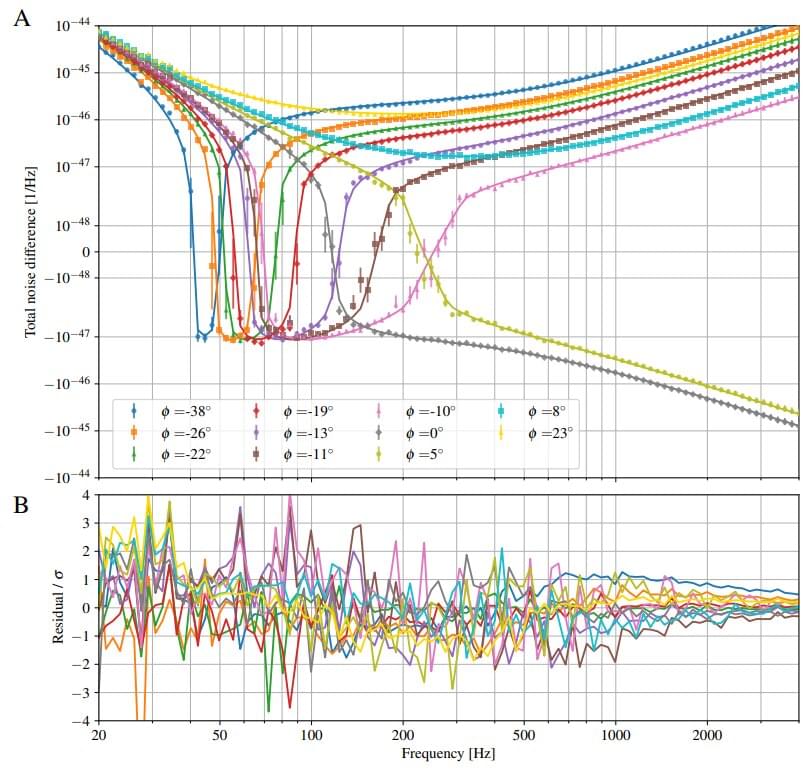Dark oxygen could have been discovered for the first time in history: Experts are worried about what could we do know.
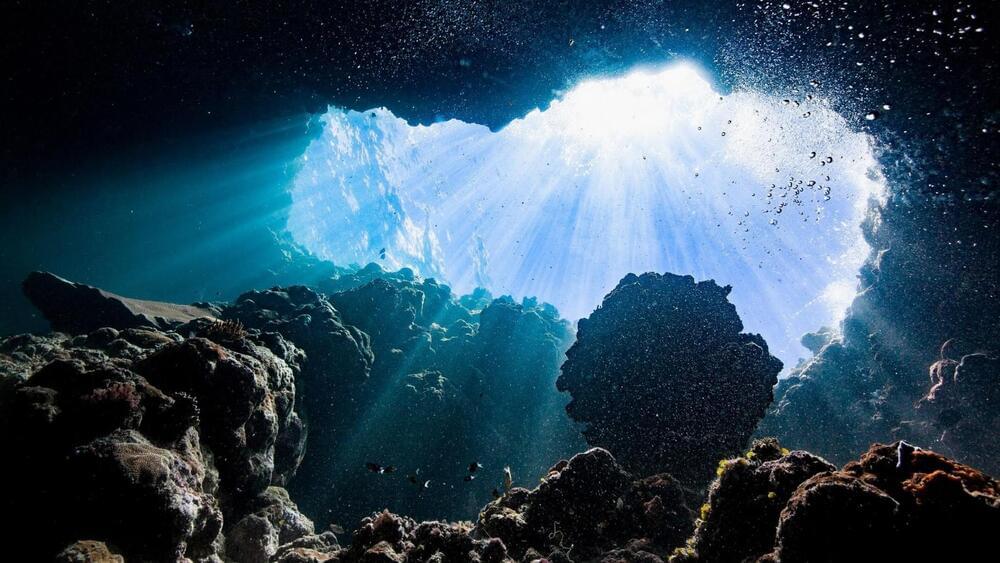

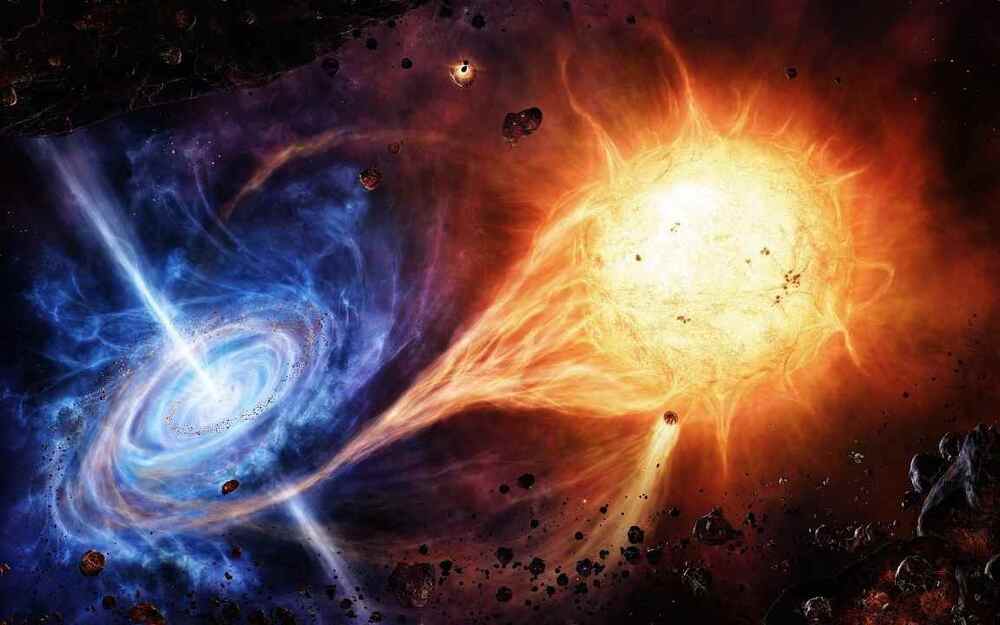
Although our universe may seem stable, having existed for a whopping 13.7 billion years, several experiments suggest that it is at risk—walking on the edge of a very dangerous cliff. And it’s all down to the instability of a single fundamental particle: the Higgs boson.
In new research by me and my colleagues, just accepted for publication in Physical Letters B, we show that some models of the early universe, those which involve objects called light primordial black holes, are unlikely to be right because they would have triggered the Higgs boson to end the cosmos by now.
The Higgs boson is responsible for the mass and interactions of all the particles we know of. That’s because particle masses are a consequence of elementary particles interacting with a field, dubbed the Higgs field. Because the Higgs boson exists, we know that the field exists.
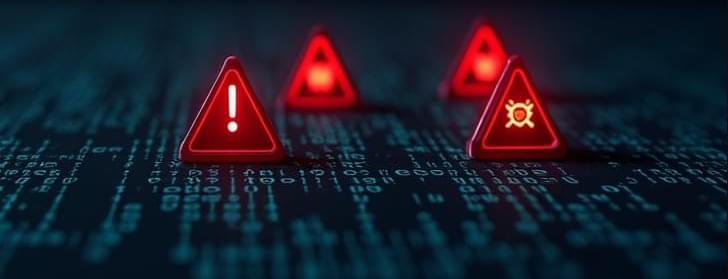


A suspected nation-state adversary has been observed weaponizing three security flaws in Ivanti Cloud Service Appliance (CSA) a zero-day to perform a series of malicious actions.
That’s according to findings from Fortinet FortiGuard Labs, which said the vulnerabilities were abused to gain unauthenticated access to the CSA, enumerate users configured in the appliance, and attempt to access the credentials of those users.
“The advanced adversaries were observed exploiting and chaining zero-day vulnerabilities to establish beachhead access in the victim’s network,” security researchers Faisal Abdul Malik Qureshi, John Simmons, Jared Betts, Luca Pugliese, Trent Healy, Ken Evans, and Robert Reyes said.
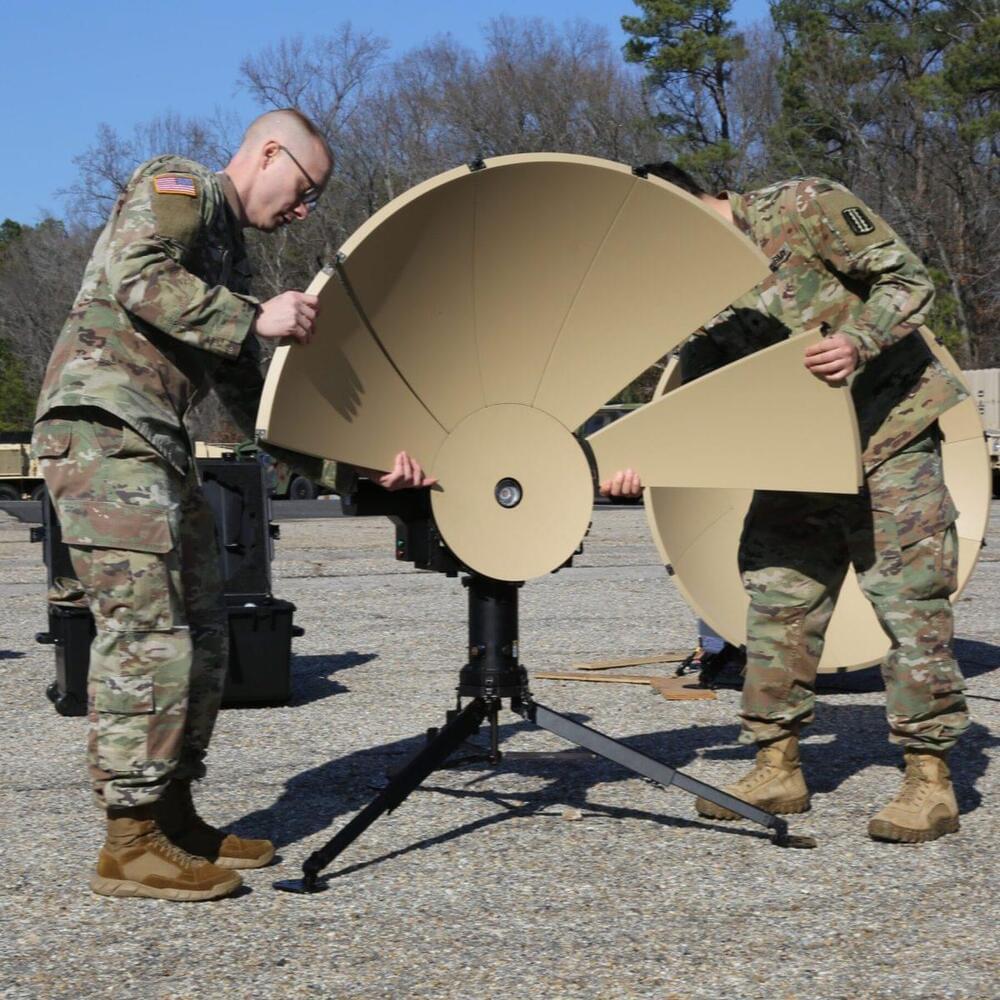
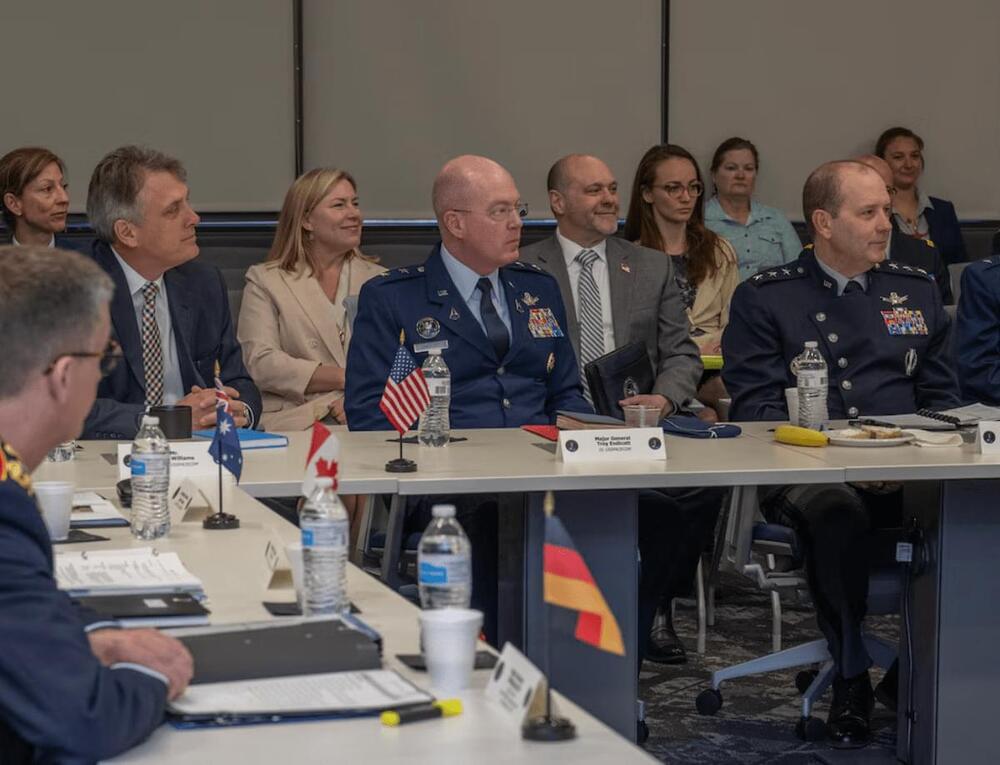
France and Germany are joining the coalition at a time of heightened tension in space, with both China and Russia demonstrating their ability to disrupt or destroy satellites. Operation Olympic Defender aims to deter such actions through collective defense, shared intelligence, and the promotion of international norms for responsible space activity.
Germany’s official entry into Operation Olympic Defender was marked by a formal ceremony in Berlin, where Whiting joined Lt. Gen. Gunter Schneider, director-general for military strategy and operations at the German Ministry of Defence, and representatives from Australia, Canada, New Zealand and the United Kingdom.
“Space is truly a team sport. The addition of Germany to our roster of growing like-minded partners contributes to our collective ability to address the growing threats in the domain,” said Whiting.
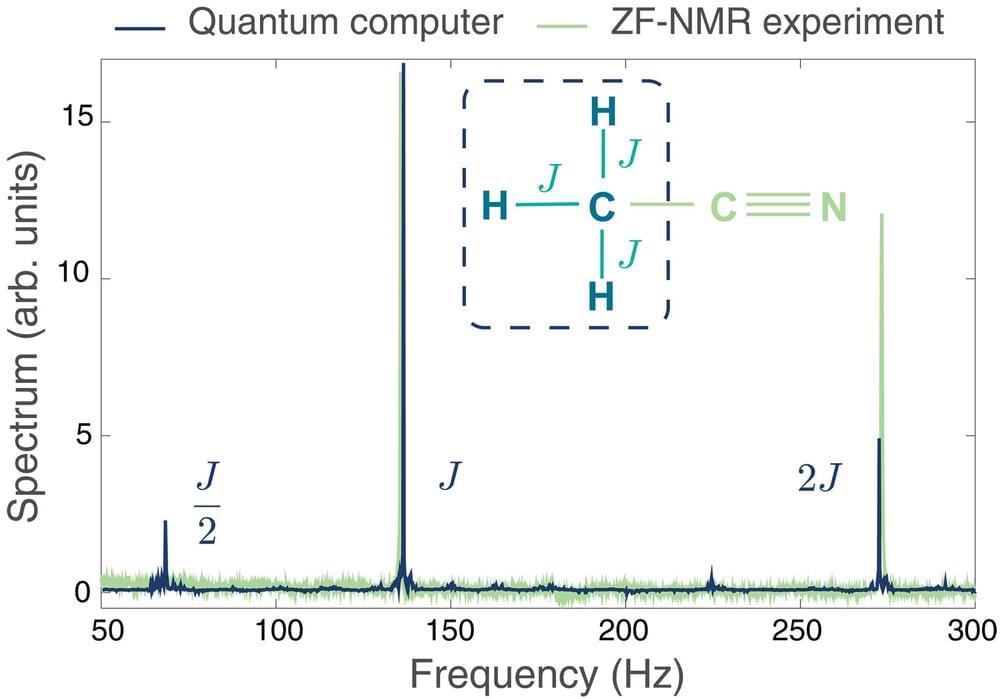
Programmable quantum computers have the potential to efficiently simulate increasingly complex molecular structures, electronic structures, chemical reactions, and quantum mechanical states in chemistry that classical computers cannot. As the molecule’s size and complexity increase, so do the computational resources required to model it.
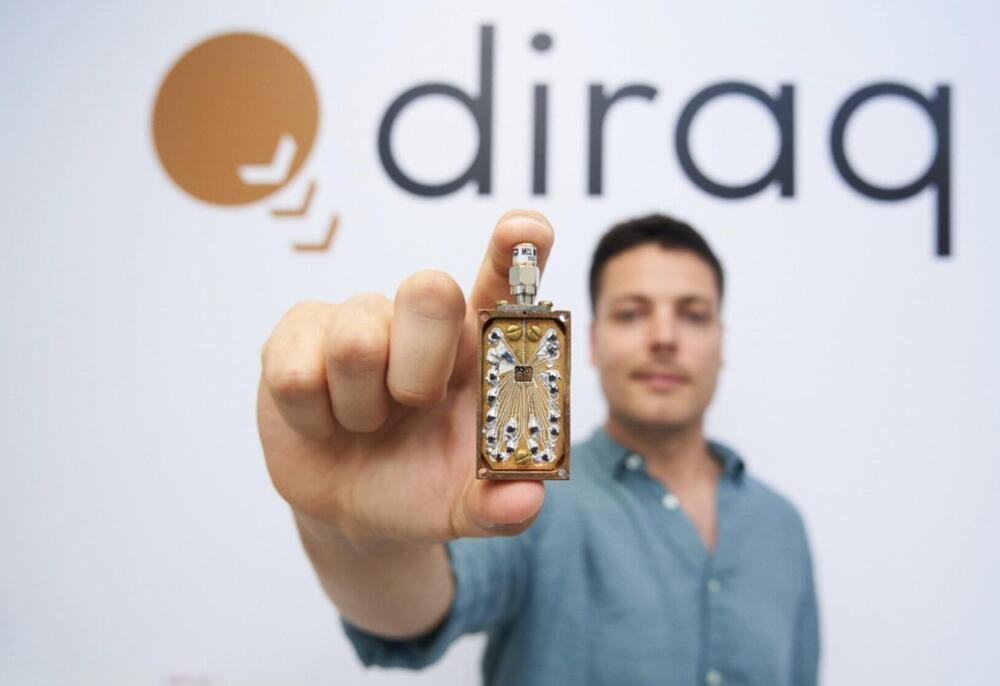
To achieve remarkable performances, quantum computing systems based on multiple qubits must attain high-fidelity entanglement between their underlying qubits. Past studies have shown that solid-state quantum platforms—quantum computing systems based on solid materials—are highly prone to errors, which can adversely impact the coherence between qubits and their overall performance.
